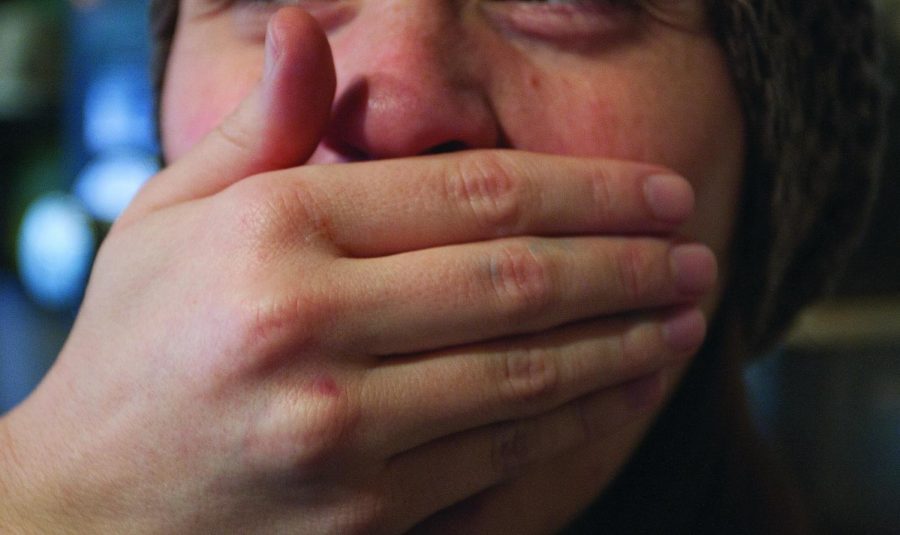‘Whooping cough’ spreading rapidly across country
January 20, 2011
<span style=
“font-size: 14pt;”>If you haven’t had a vaccine for pertussis in
the past five years, then you’re at risk to contract it.
Pertussis—more commonly known as “whooping cough” for the whooping
sound that accompanies the coughing fits—killed 10 infants earlier
this year in California.
<span style=
“font-size: 14pt;”>It has also spread to other states, such as New
York and Michigan, according to the Center for Disease Control’s
Morbidity and Mortality Weekly Report for week 46.
<span style=
“font-size: 14pt;”>The chart can be found on the CDC website,
www.cdc.gov, in the publications tab. While anyone can get it, it
seems that newborns are the most susceptible.
<span style=
“font-size: 14pt;”>Whooping cough is not typically fatal in adults
and can be avoided with vaccinations. This isn’t the case when it
comes to infants as parents usually find it difficult to diagnose
whooping cough, and when they do, it has progressed by the time
they decide to see a doctor.
<span style=
“font-size: 14pt;”>There also isn’t a “whoop” sound with babies
under 6 months old. Infants are less likely to get it if they are
surrounded by family members who have been vaccinated, and this
kind of practice should be encouraged, as children can’t be
vaccinated until they are at least 2 months old.
Whooping cough
is caused by a bacterial infection in the respiratory system,
specifically in the pharynx where it irritates the throat, inducing
a cough. Once infected, a person can spread it just by laughing or
coughing.
It takes seven
to 14 days after infection for the symptoms to appear. Whooping
cough is broken down into three stages, with the first two stages
progressively worsening. The third stage is when the afflicted
begin to improve.
<span style=
“font-size: 14pt;”>Stage One is characterized by sneezing, a runny
nose and a fever. These symptoms can last up to two weeks and it’s
at this time that the afflicted is most likely to spread the
disease.
<span style=
“font-size: 14pt;”>In Stage Two, the “whoop’’ sound can be heard
when inhaling in between coughing fits. There can also be bouts of
vomiting accompanying the coughing fits, and in between these
coughing fits, those infected usually feel normal and experience no
symptoms.
<span style=
“font-size: 14pt;”>In Stage Three, the coughs typically get louder,
and can occur intermittently for a span of
weeks.
The CDC
recommends that all those from 11 years old to 64 get booster shots
for pertussis. When treating whooping cough, a variety of
antibiotics are used, but vaccinations are recommended to prevent
the spread of this disease to young infants, where it can be fatal.
If the infant is too young to be vaccinated, then the best
prevention for parents is to vaccinate themselves and to recommend
to other family members who might be taking care of the infant to
be vaccinated as well.
<span style=
“font-size: 14pt;”>It’s important to educate adults as to the real
dangers of whooping cough when it concerns newborns
and younger children. It’s also important to practice
good hand washing and sanitization habits, and instead of coughing
into your hand, cough into your sleeve. Do not delay treatment if
you think you have whooping cough, as this increases the likelihood
of those around you becoming infected.












